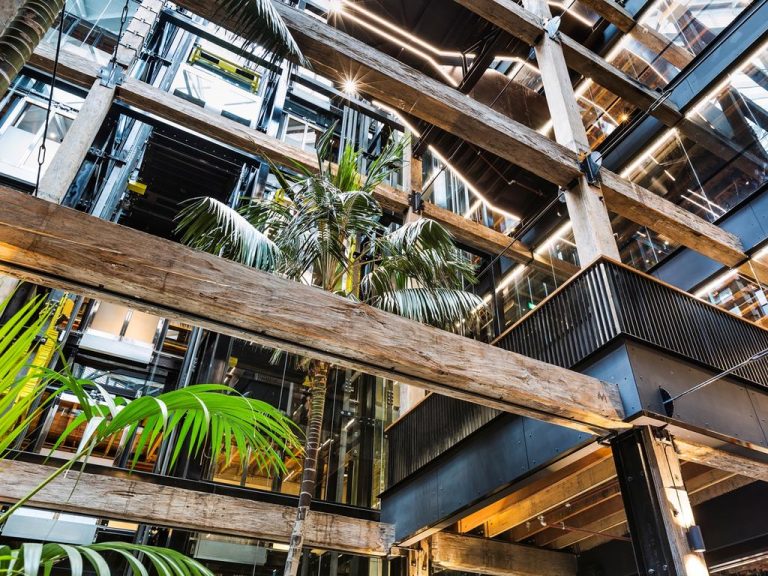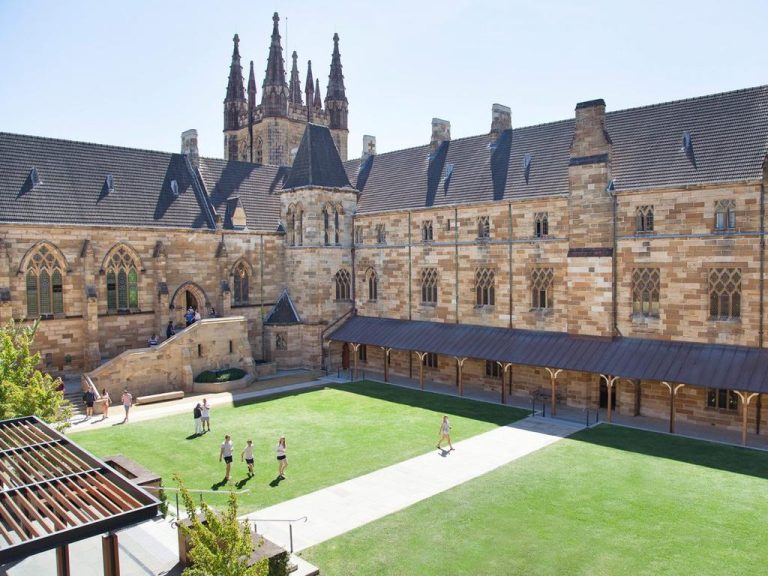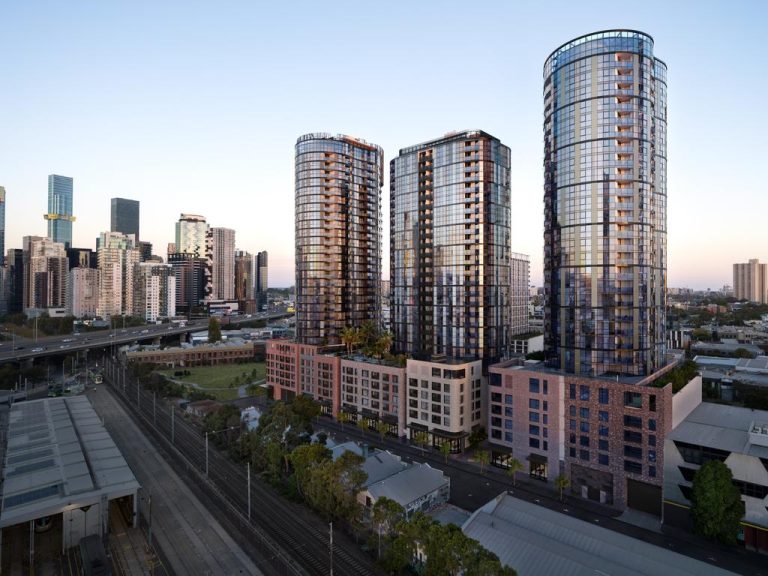Major retail centres outstrip inner suburban shopping
Over the past few years, the two-decade long rebound in inner urban strips has faltered while major shopping centres power ahead. Paul Thornhill takes a look at what’s driving the different outcomes.
Until recently, securing a prime leasehold in a trendy inner urban retail strip came down to luck, not money. But in the past three years, vacancy rates in inner strips have jumped and former darlings, like Darling St in Balmain and Brunswick St in Fitzroy have suffered a string of restaurant closures, falls in pedestrian traffic and calls for government action to help stem the slowdown.
Meanwhile, vacancy rates in major retail centres have proved resilient at around 1% compared to a range of 4% – 8% for inner strips. So is inner urban shopping going the way of the once ubiquitous milk bar?
Not at all according to CBRE Senior Negotiator, Zelman Ainsworth. “It’s not a case of inner strips doing poorly – it’s a case of some struggling while others are doing just fine. In Melbourne strips like Church St, Brighton, and Glenferrie Rd, Hawthorn, we’re doing deals at near record rents.
“These are the right strips which attract a vibrant assortment of shoppers, have the right mix of tenants and are anchored by a centre and large retailing brands.”
Better performing strips like Campbell Parade, Bondi, and Chapel St, Prahran, also boast strong café offerings and the independent fashion labels favoured by the smart set and young, hipster shoppers. This formula is quite different to strips like Bridge Rd, Richmond, where a poor tenant mix and a struggling centre are driving up the number of For Lease signs.

Bondi: strong café offerings and independent fashion labels
This experience of one sector struggling while the rest marches on is being replicated in shopping centres, where it’s the experience of management which stands out as the key factor.
Maria Lee, Senior Project Manager at BIS Shrapnel, told Realcommercial.com.au that “Subdued consumer spending has had an impact, with centres’ overall turnover slipping and income flat, but foot traffic numbers in the larger centres remains solid.”
“What’s interesting though is the theory that smaller centres, with their greater reliance on discretionary spending, would do better doesn’t seem to be playing out. It’s difficult to generalise but it’s usually the major centres performing best.”
“I think this is partly due to the management in larger centres who are usually very experienced operators who manage overseas assets as well. They seem better placed to adapt and learn from global trends than the private owners of smaller suburban centres.”
Local demographics also play their part with Lee pointing out that the growth in medium and high density housing has added to the catchment size of centres like Chatswood on Sydney’s North Shore.
Ainsworth also identifies local population growth as a factor in a strip’s performance. “The classic example is the intense apartment development around South Yarra. The population increase leads to higher pedestrian traffic, particularly on weekends, a great shot in the arm for nearby retailers.”







